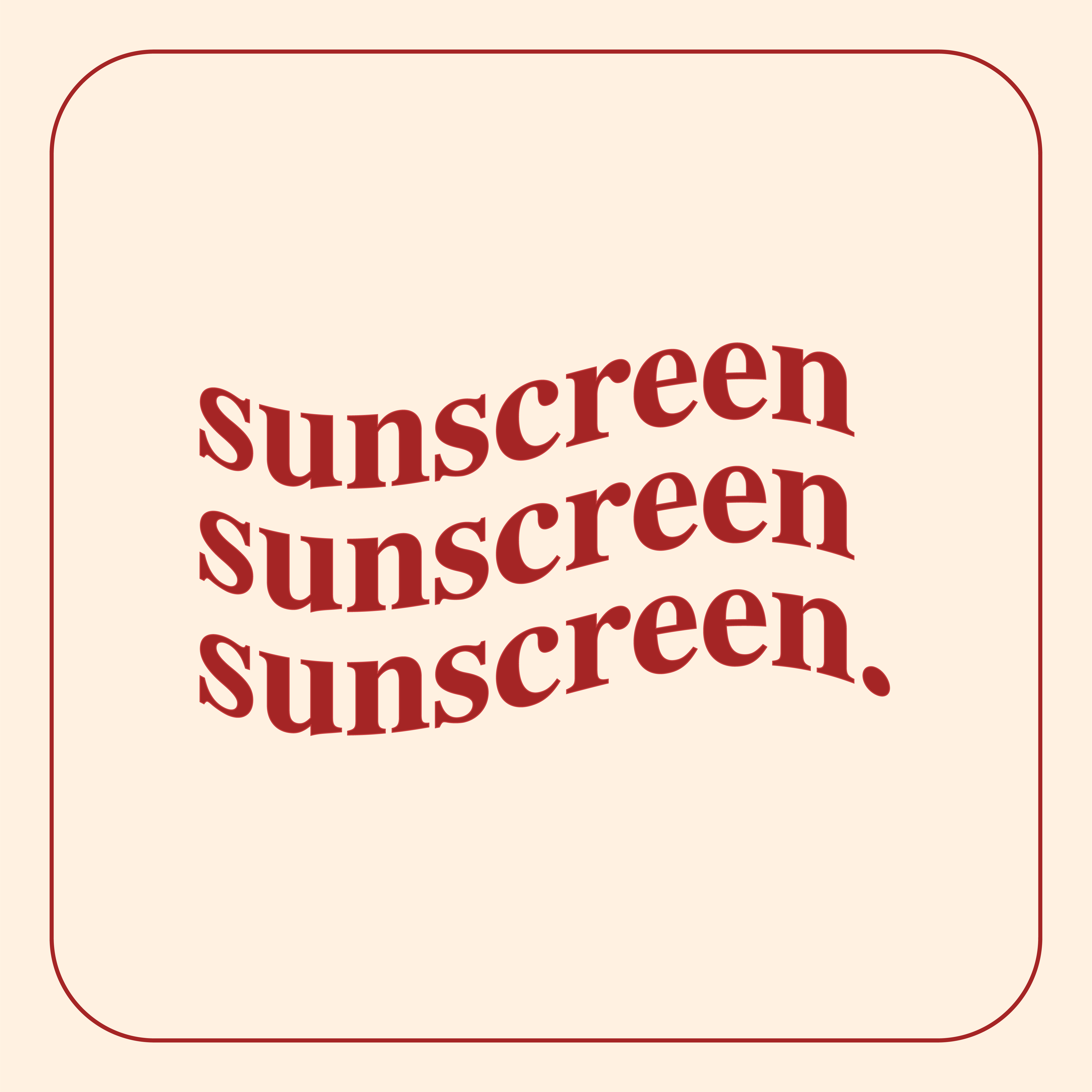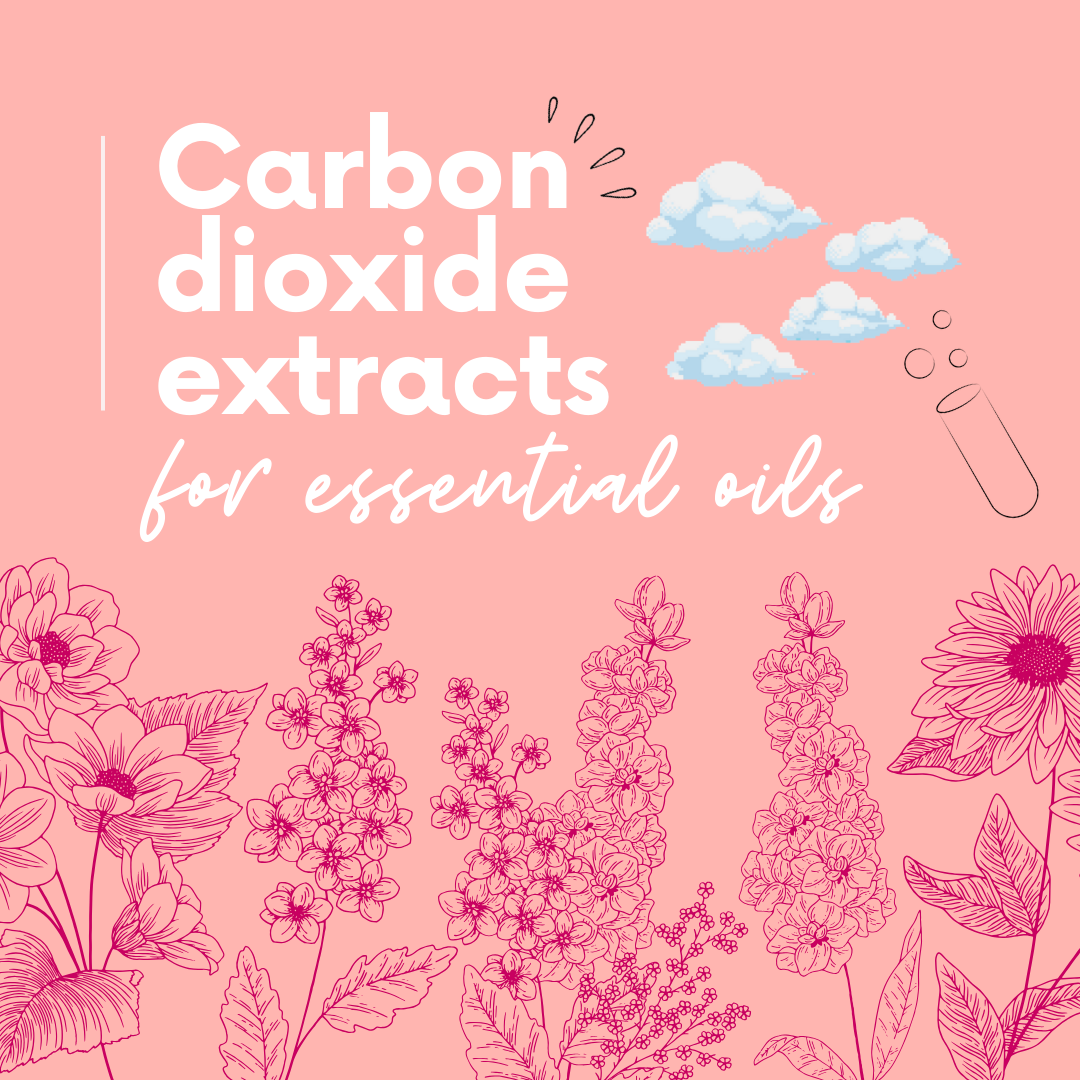There are two notable kinds of sunscreens- mineral sunscreen and chemical sunscreen. Most of the sunscreens which are available over-the-counter are mineral sunscreens. Physical (mineral) sunscreens mostly contain zinc oxide (ZnO) and titanium dioxide (TiO2). The combined formulation of both these metal oxides covers most of the UVA and UVB spectrum and saves us from burns or harmful radiation. In simpler terms, it readily reflects off the radiation from the sun, whereas if we do not put sunscreen, a compound called melanin in our body absorbs radiation. The concentration of melanin in a person’s body decides the complexion. Melanin concentration and complexion are directly proportional. More melanin content implies a darker skin tone, and it absorbs more radiation. The mineral sunscreen causes a white cast. The white cast is unappealing to many consumers and one of the primary reasons people shift towards chemical sunscreens sometimes. But as a whole, mineral sunscreens are better for the human body, water, animals, and environment.
Chemical Sunscreens most commonly contain oxybenzone, avobenzone, octocrylene, and ecamsule. Unlike mineral sunscreens, they individually only cover a small portion of the UV spectrum. One thing that’s admired about it is that it leaves behind no white cast. All sunscreens are harmful to the environment. The chemical sunscreen containing oxybenzone is very poisonous to water organisms at specific concentrations (with long-term effects). It also has possible human photoallergic toxicants. Chemical Sunscreen containing octocrylene is known to trigger coral cell mitochondrial dysfunction. Various studies show that compounds pass through human skin and enter the bloodstream. Metabolites eventually are excreted through urine. Oxybenzone and octocrylene (amongst others) have been linked to coral bleaching, which led to being banned in some nations.
All the sunscreens are lethal to the human body and the environment if used in the wrong concentration. Everything used moderately is acceptable and useful. We should always remember “the dose makes the poison.”




